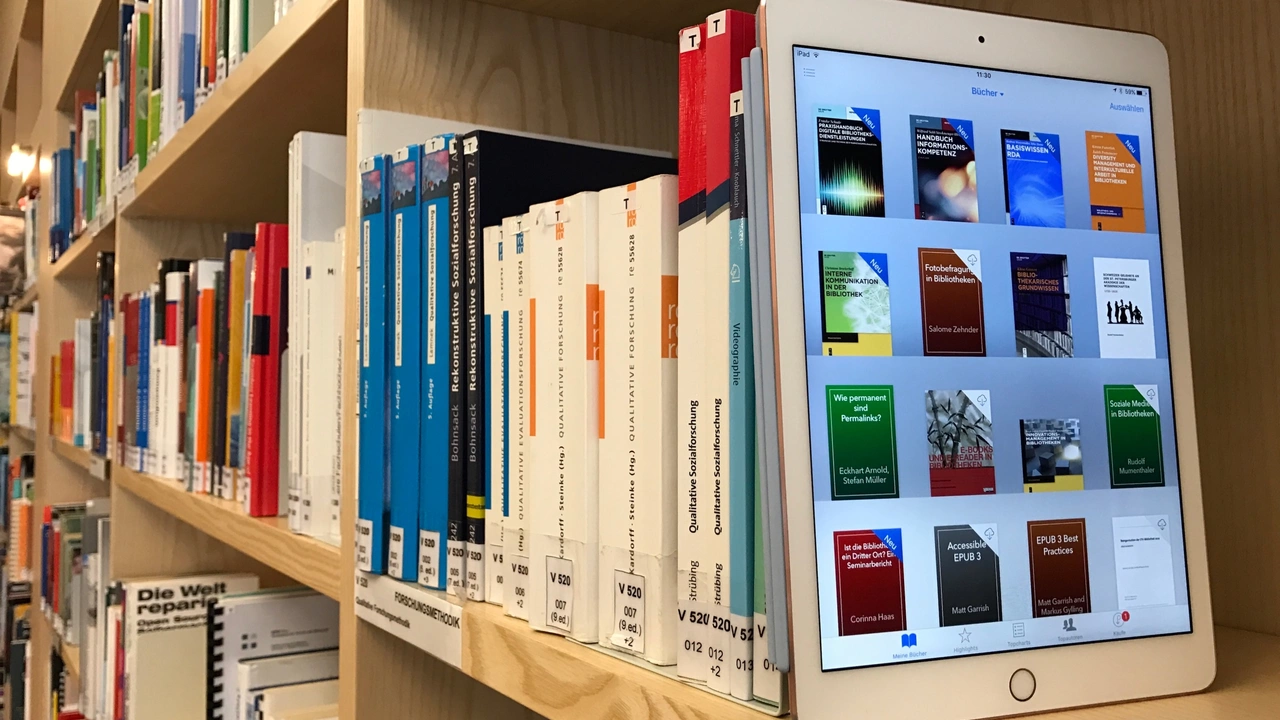Best: Handpicked articles and practical guides
Want the clearest, most useful posts on election trends, policy news and practical how-tos? This tag gathers our best pieces — articles that explain an issue fast, give facts you can act on, or walk you through a tricky topic step by step. Use this page as a quick filter when you need trusted, short reads instead of long backgrounders.
What you'll find here
Short, practical explainers that cut through noise. You’ll see sharp takes on political events like the RPSC controversy, plain-language guides about how media covers the same story differently, and field updates like the BSF fishing permit. We also include accessible tech and safety posts — from using foreign electronics to basic circuit concepts — and clear sports profiles when they highlight public impact.
Each post tagged "best" earns that label because it answers a question directly or sheds light on a current event with clear steps or takeaways. Expect fact-first writing, short summaries, and a single useful action or idea you can apply after reading.
Quick recommendations
RPSC under fire: A concise breakdown of why the Rajasthan High Court cancelled the 2021 SI recruitment and why that resignation matters. Read this if you want the key facts, the likely next steps, and what the probe could mean for reforms.
How different Indian media report the same news: A clear look at bias, framing and what to check before you trust a headline. Good for anyone trying to judge conflicting reports during election season.
BSF permits fishing on Indian side of Padma: Short local update with practical info for fishers and border communities — what changed and what to expect on the ground.
Has there ever been a mid-air plane collision?: A plain history lesson that explains causes, lessons learned, and how air safety evolved after major accidents. Useful context if a current crash makes headlines.
Basics of consumer electronics and safety: Simple guides on what started the electronics market, how to use US devices safely in India, and key appliance terms you should know before buying.
Practical tech answers: Quick explains like “What does 100–240V 50–60Hz 2.0A mean?” and short troubleshooting tips. Read these when you need a fast, reliable answer to a device question.
Why read these picks now? They save time. During busy news cycles, you want short, accurate takes that tell you what changed and why it matters. These posts do exactly that: no fluff, just clear steps and facts.
How to use this tag: Scan the short teasers, open one that matches your need, and look for the takeaways at the top or end of each article. If you want deeper analysis, follow the author or search related tags for longer pieces on the same subject.
Have feedback or a question after reading? Leave a comment on the post you liked. We pick 'best' articles based on clarity and usefulness, and reader input helps us keep that promise.

What are the all time best electronics books?
In the vast world of electronics, there are several books that stand out as all-time classics. "The Art of Electronics" by Paul Horowitz and Winfield Hill is a must-read for its comprehensive coverage of both analog and digital electronics. "Practical Electronics for Inventors" by Paul Scherz is another gem, offering hands-on advice for inventors of all levels. Additionally, "Make: Electronics" by Charles Platt serves as a great guide for beginners, while "Microelectronic Circuits" by Adel S. Sedra and Kenneth C. Smith is highly appreciated by advanced learners. These books have been instrumental in shaping the field of electronics and continue to remain relevant today.